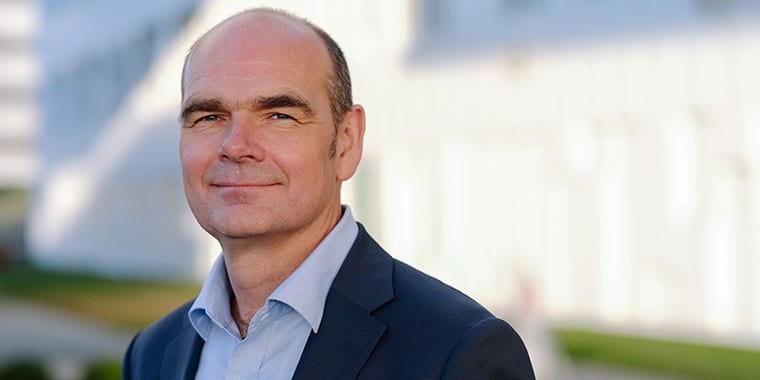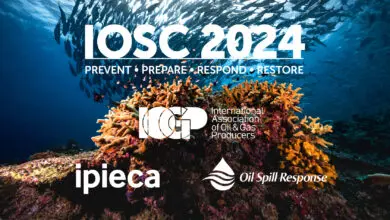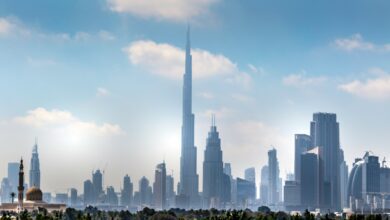
IOGP offshore structures project publishes its first four specifications – with seven more to follow
London, February 28th, 2020 – A new IOGP initiative to reduce upstream project costs has published its first four specifications.
The “IOGP JIP35 initiative for standardisation of structural system specifications” follows the successful IOGP JIP33 initiative on the standardisation of equipment specifications. It was created under the auspices of IOGP’s Offshore Structure Standards Subcommittee, is led by Equinor and BP and comprises ten active oil and gas operators.
“The focus is on industry-wide, non-competitive collaboration and standardisation,” says Task Force Chair, Simen Moxnes, Equinor. “We can drive down costs by reducing variation in requirements between operating companies. These supplementary specifications will further negate the need of multiple company-specific requirements, which in turn enables a more consistent and cost-effective design and operation of our offshore structures, across the industry.”
A team of industry specialists first selected a globally used international standard as a ‘base’ for each of the chosen eleven offshore structure topics. For the two topics – General Requirements and Offshore Arctic Structures – a combined 520 technical company requirements have been replaced by only 5 minimum essential common requirements. The remaining 515 company requirements will be deleted or downgraded to company guidance. Requirements for the seven remaining topics will be captured in minimum essential common requirement specifications over the next 6 months.
Download press release as PDF
Contact
IOGP: Danny Walsh, Communications Manager
T: +44 (0)7734 488 672 / E: dw@iogp.org
About IOGP
The International Association of Oil & Gas Producers (IOGP) is the voice of the global upstream industry. Oil and gas continue to provide a significant proportion of the world’s energy to meet growing demands for heat, light and transport.
Our Members produce 40% of the world’s oil and gas. They operate in all producing regions: The Americas, Africa, Europe, the Middle East, the Caspian, Asia and Australia.
We serve industry regulators as a global partner for improving safety, environmental and social performance. We also act as a uniquely upstream forum in which our members identify and share knowledge and good practices to achieve improvements in health, safety, the environment, security and social responsibility.



